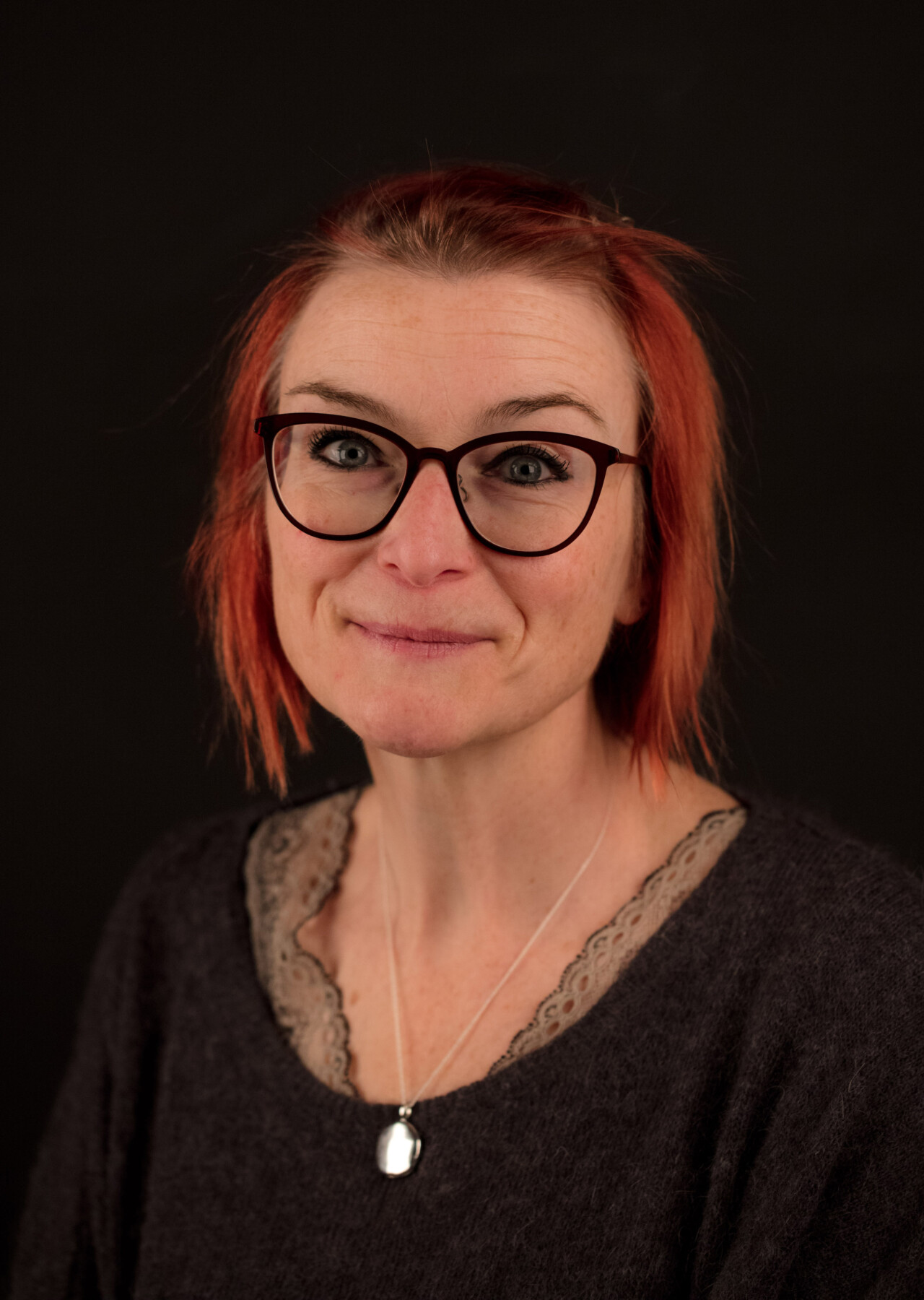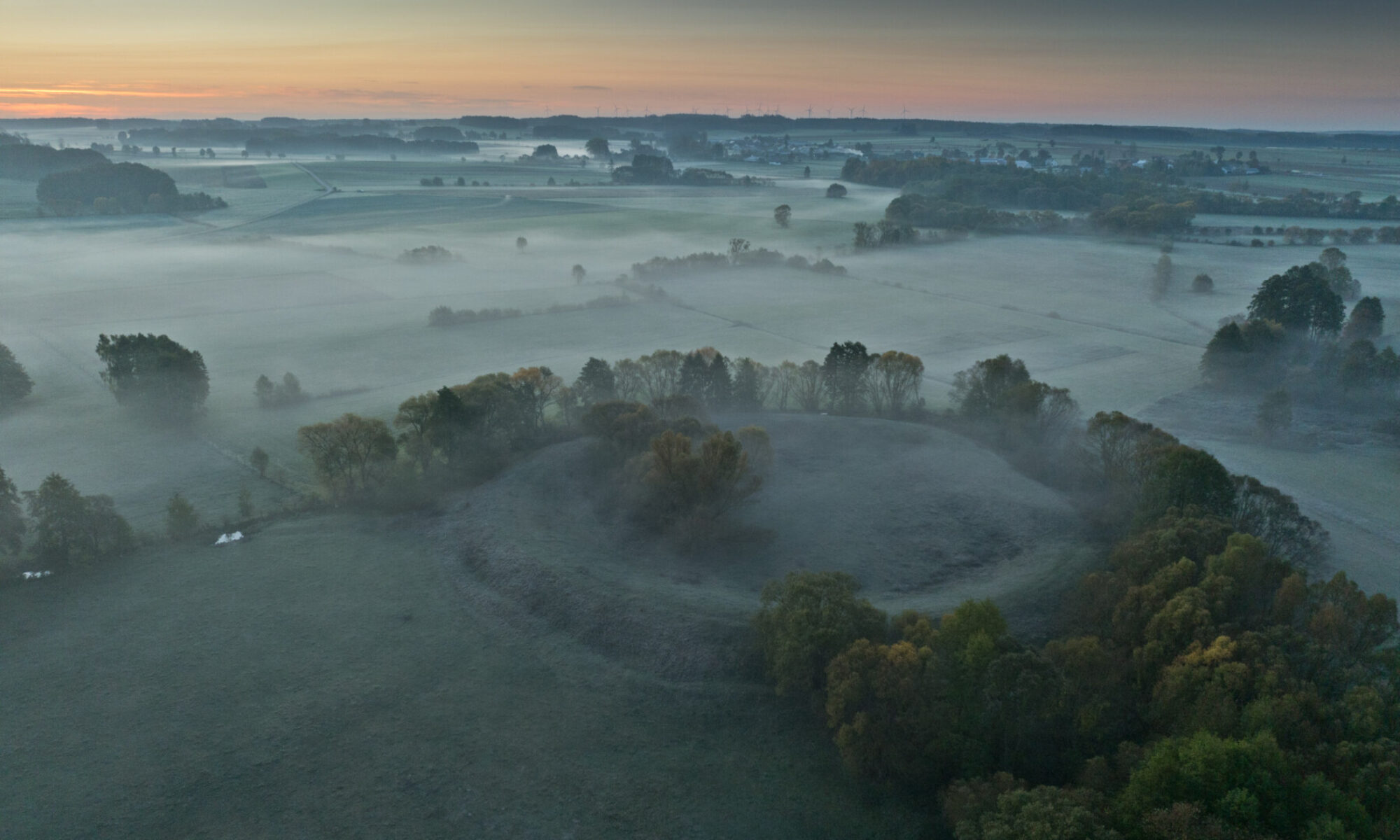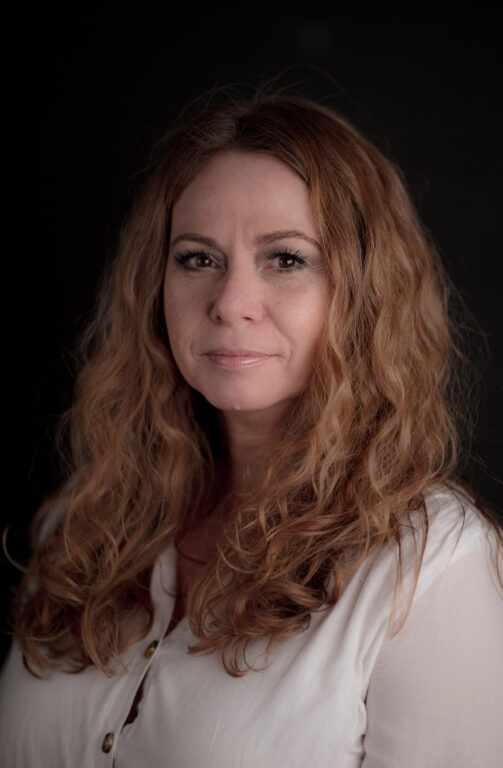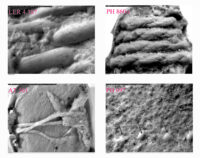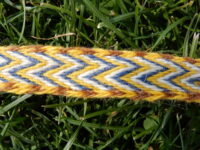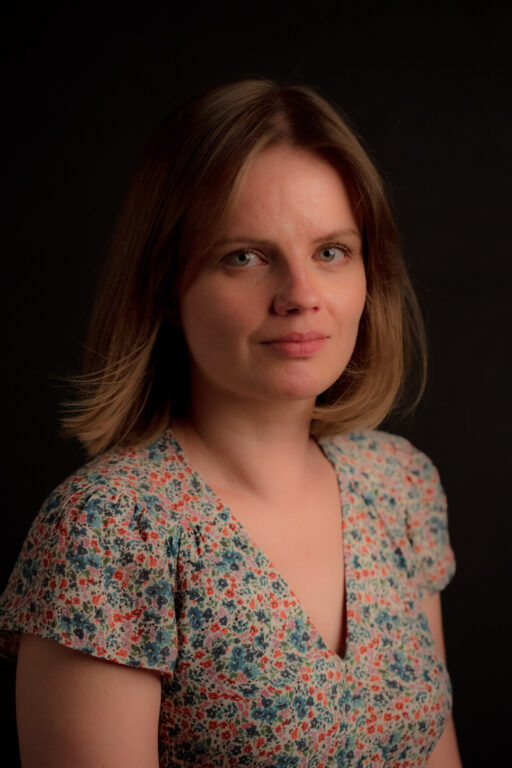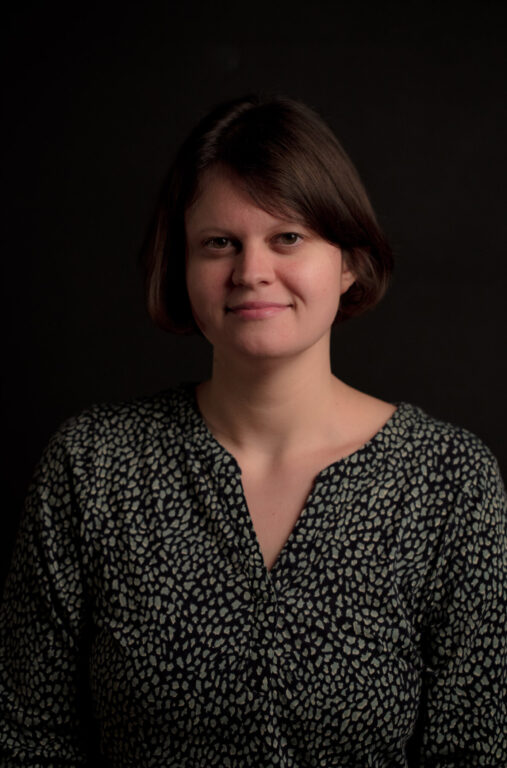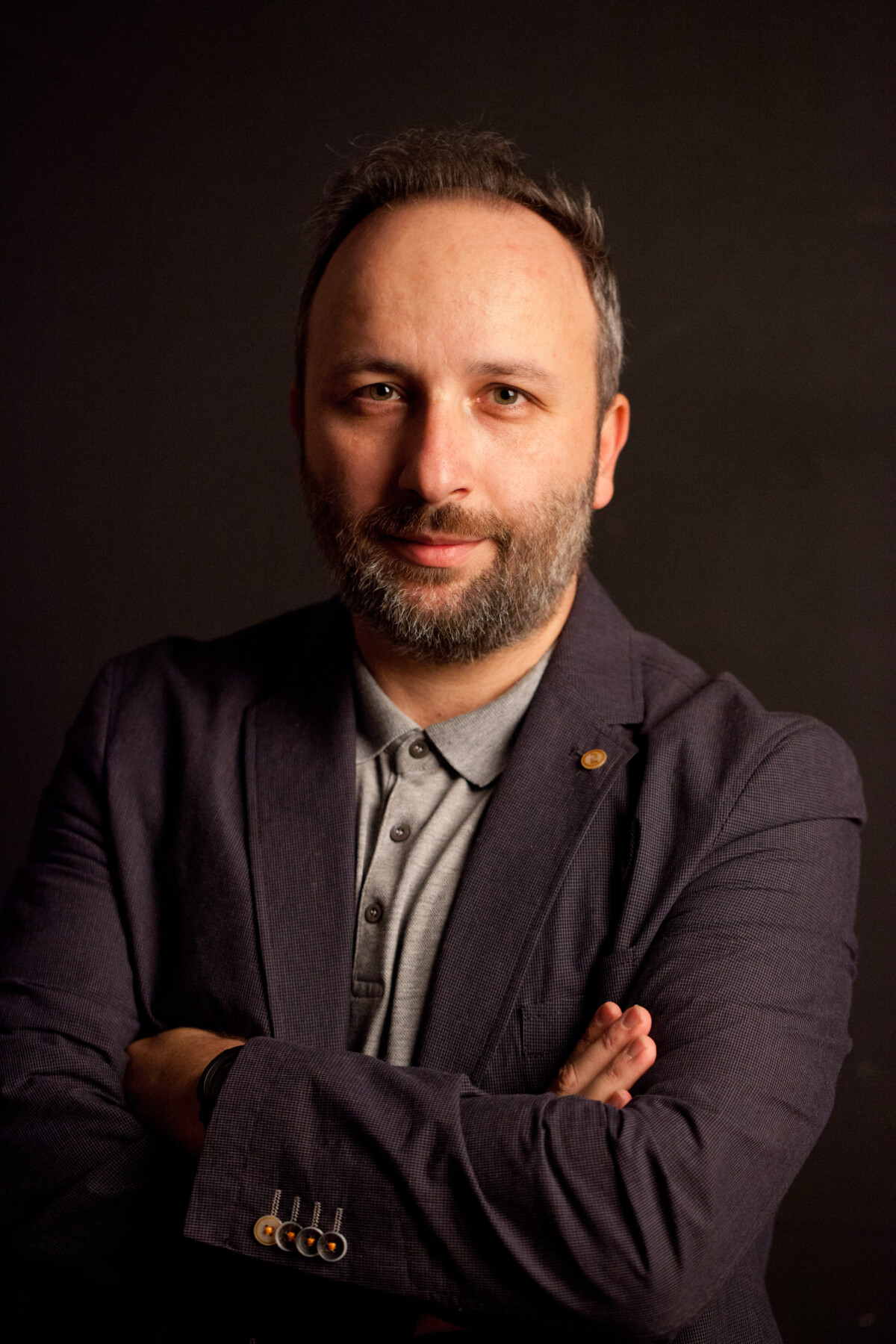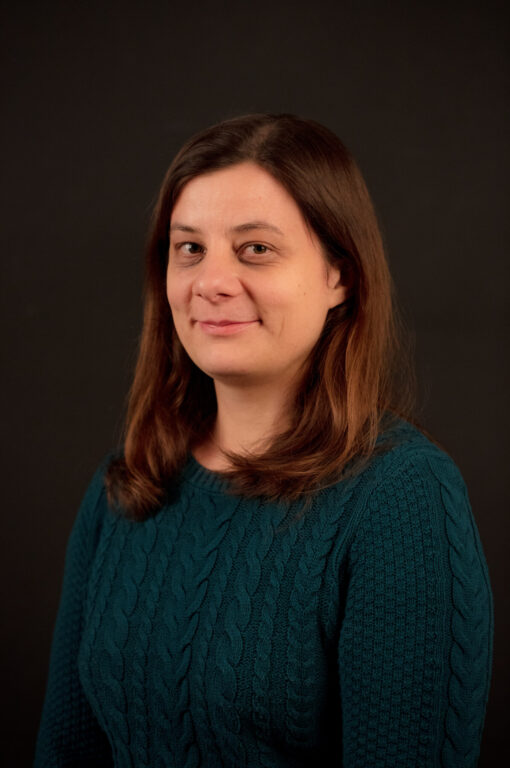
Karolina Bugajska, PhD
Katedra Archeologii Epoki Kamienia
e-mail:
karolinabugajska@uw.edu.pl
research interests:
– Paleolithic, Mesolithic, Para-Neolithic
– burial rites in the Stone Age
– the Paleolithic and Mesolithic Art
– Bioarcheology
– Cultural anthropology
bibliography:
Gumiński W., Bugajska K., 2023, Painted wood, notch on bone – ornamentation or marking? A case of two neighbouring forager sites, Dudka and Szczepanki, Masuria, NE-Poland, (in) J.M. Grünberg, E. Brinch Petersen, B. Gramsch, T. Płonka, H. Meller (eds.) Mesolithic Art – Abstraction, Decoration, Messages, Tagungen des Landesmuseums für Vorgeschichte Halle, Band 26/I, Halle (Saale), 333-359.
Bugajska K., 2023, Purified by fire. Cremation burials in the Stone Age hunter-gatherer cemetery at Dudka, Masuria, northeast Poland, Documenta Praehistorica vol.50 (2023), 110-135, DOI: https://doi.org/10.4312/dp.50.10
Bugajska K., 2021, Cremation Burials of the Stone Age Hunter-Gatherers on the European Plain, Światowit LIX (2020), 15-45.
Bugajska K., 2021, Pit or grave? ‘Emptied’ graves from the cemetery at Dudka, Masuria, north-eastern Poland, (in:) D. Borić, D. Antonović, B. Mihailović (eds.), Foraging Assemblages, Volume 2, Belgrade & New York (Serbian Archaeological Society, The Italian Academy for Advanced Studies in America, Columbia University), 648-655.
Wacnik A., Gumiński W., Cywa K., Bugajska K., 2020, Forests and foragers: exploitation of wood resources by Mesolithic and para‑Neolithic societies in north‑eastern Poland, Vegetation History and Archaeobotany 29, 2020: 717-736, https://doi.org/10.1007/s00334-020-00778-y
Bugajska K., Gumiński W., 2016, How many steps to heaven? Loose human bones and secondary burials at Dudka and Szczepanki, (in:) Grünberg J., Gramsch B., Larsson L., Orschiedt J., Meller H. (eds), Mesolithic burials – Rites, symbols and social organization of early postglacial communities. Tagungen des Landesmuseums für Vorgeschichte Halle 13/II, 2016, Halle (Saale), 339-455.
Gumiński W., Bugajska K., 2016, Exception as a rule. Unusual Mesolithic cemetery and other graves at Dudka and Szczepanki, Masuria, NE-Poland, (in:) J.M. Grünberg, B. Gramsch, L. Larsson, J. Orschied, H. Meller (eds.), Mesolithic burials – Rites, symbols and social organisation of early postglacial communities, Tagungen des Landesmuseums für Vorgeschichte Halle, Band 13/II, Halle (Saale): 465-510.
Bugajska K., 2015, In the ground or in the basket? Burial wrappings from the Stone Age hunters’ cemetery at Dudka, Masuria, NE-Poland. Novensia 26, 10–23.
Bugajska K., 2015, Obrządek pogrzebowy łowców-zbieraczy epoki kamienia w południowej Skandynawii i na Niżu Środkowoeuropejskim, Przegląd Archeologiczny 62 (2014), 5-69.
Howcroft R., Bugajska K., Gumiński W., Kowalewska-Marszałek H., Szczepanek A., Włodarczak P., Eriksson G., 2013, Breastfeeding and weaning practices during the Neolithic and Early Bronze Age in Poland, (in:) R. Howcroft, Weaned Upon a Time. Studies of the Infant Diet in Prehistory, Thesis and Papers in Scientific Archaeology 14, Stockholm (Stockholm University): 1-27.
Bugajska K., 2011, Ozdoby z grobów łowców (mezolit, paraneolit) – Mazury w kręgu wschodnim czy zachodnim (w:) Stankiewicz U., Wawrusiewicz A. (red.), Na rubieży kultur. Badania nad okresem neolitu i wczesną epoką brązu, Białystok, 359-370.
Research projects:
NCN Opus 20; nr 2020/39/B/HS3/02375, Absolute chronology of burials and loose human bones from the hunter-gatherer Stone Age sites Dudka and Szczepanki in Masuria (NE-Poland)
published results of the project:
– Bugajska, K. (2023). Purified by fire: Cremation burials in the Stone Age hunter-gatherer cemetery at Dudka, Masuria, northeast Poland. Documenta Praehistorica, 50, 110-135. https://doi.org/10.4312/dp.50.10
